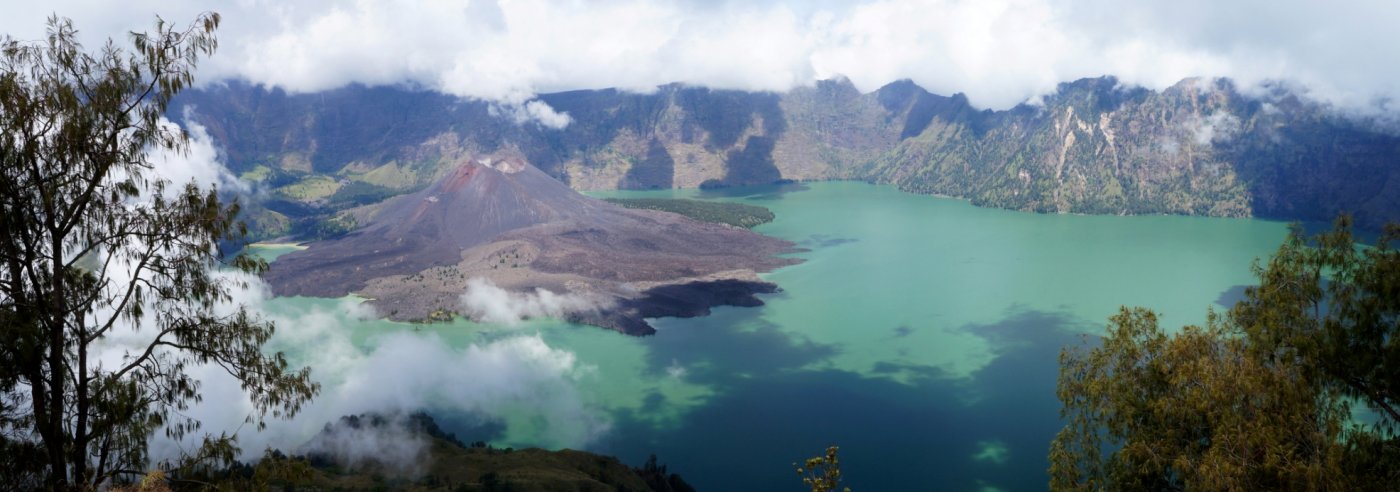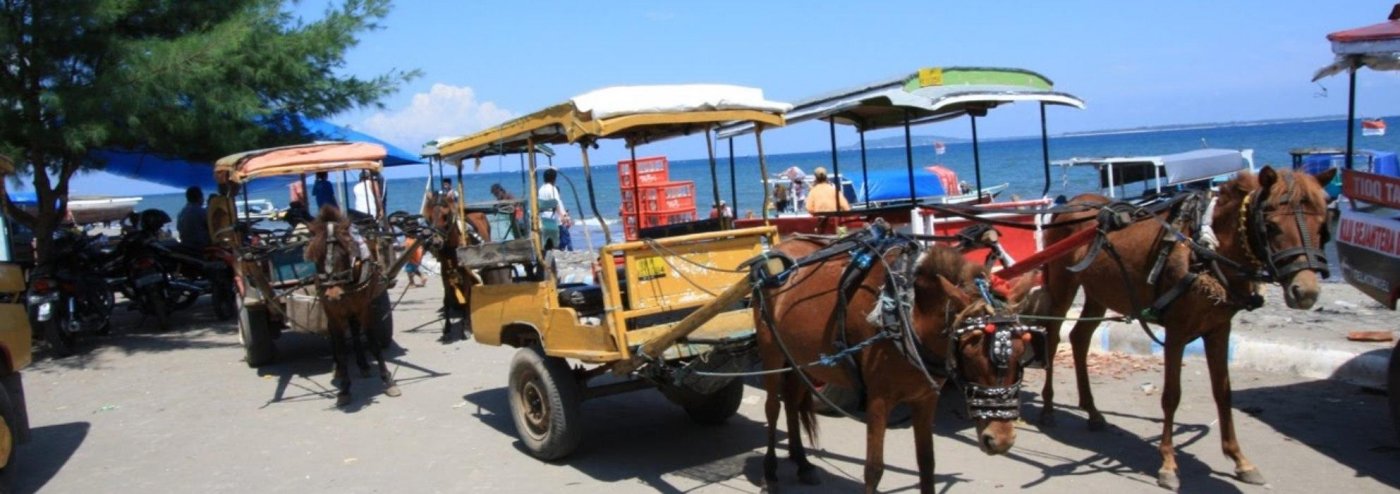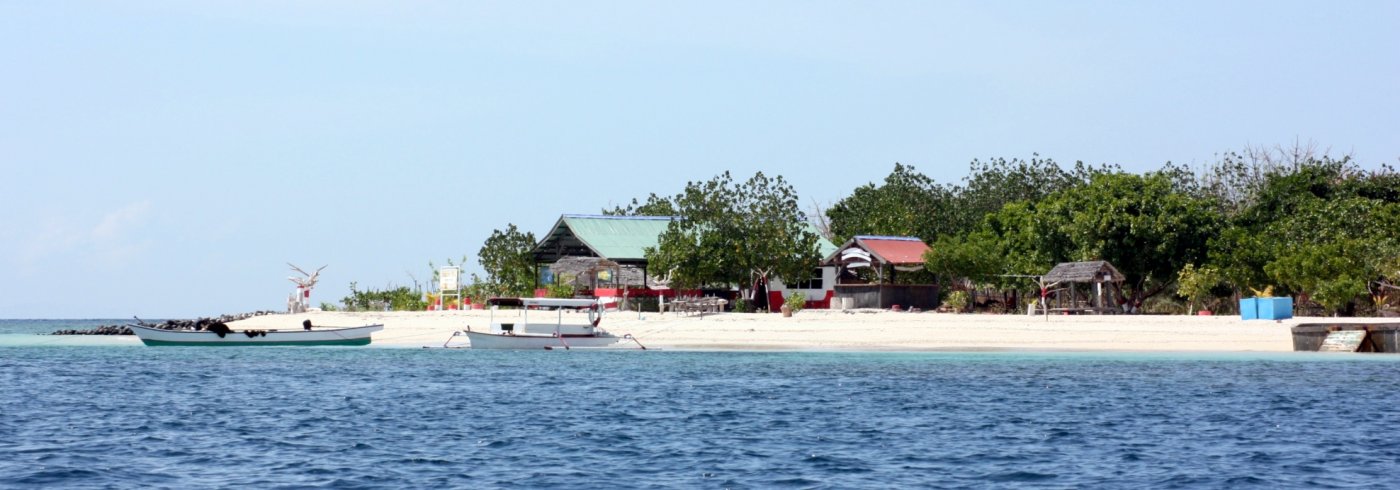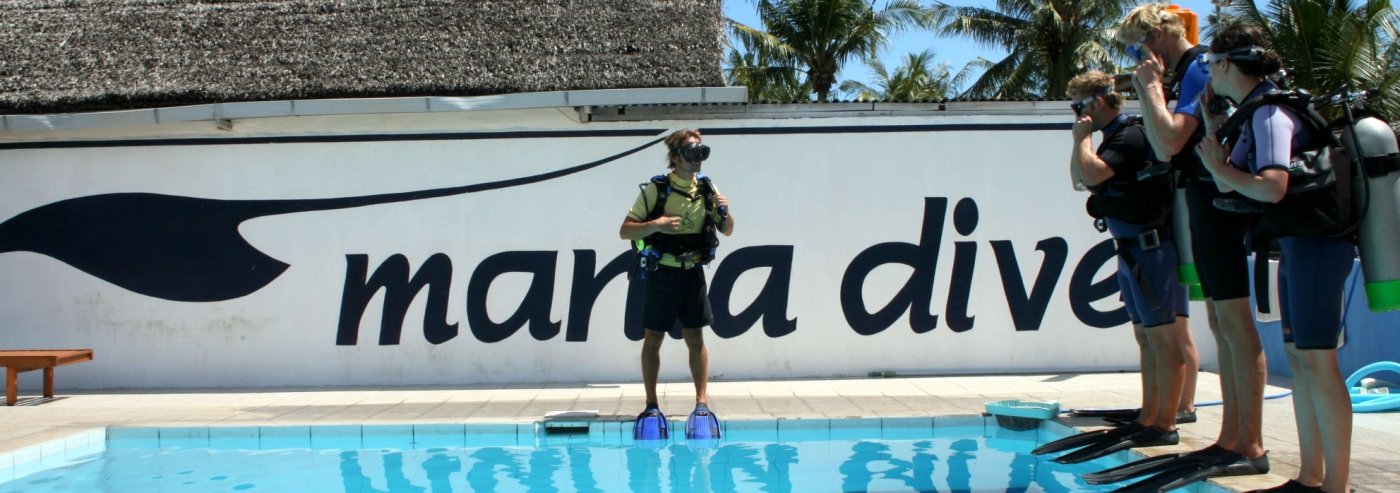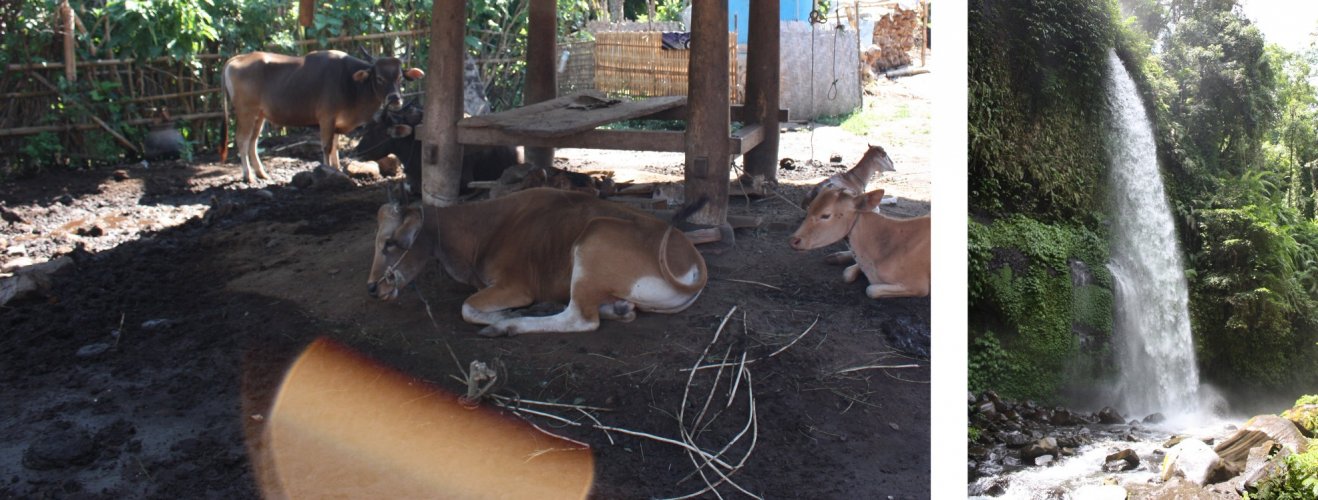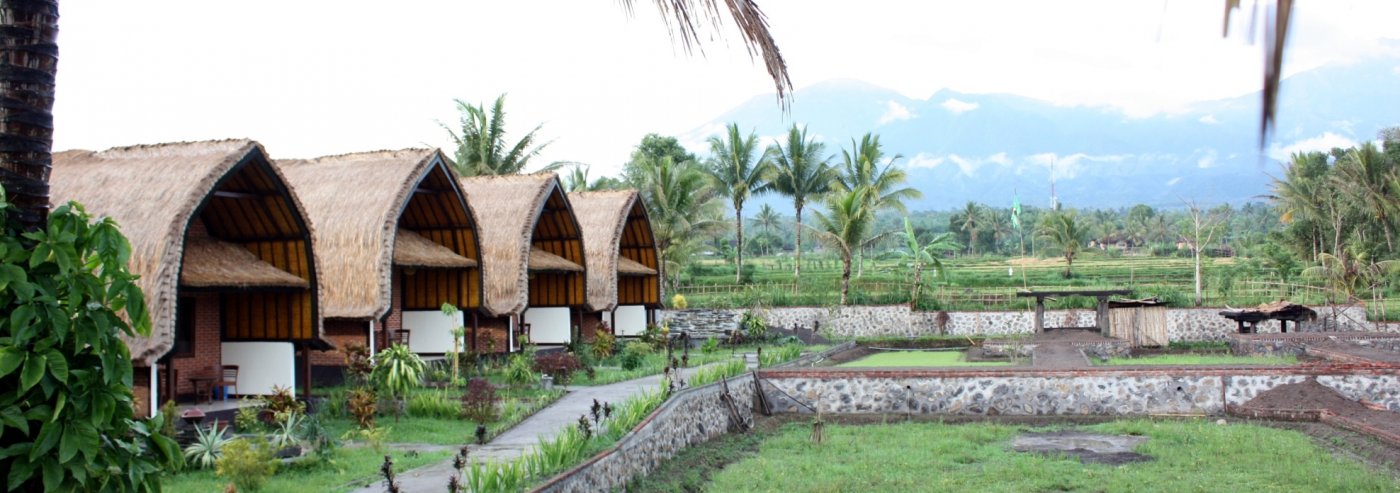Zuid Lombok, Sekotong en Belongas Bay duikstekken
Duikstekken zuid Lombok: Sekotong
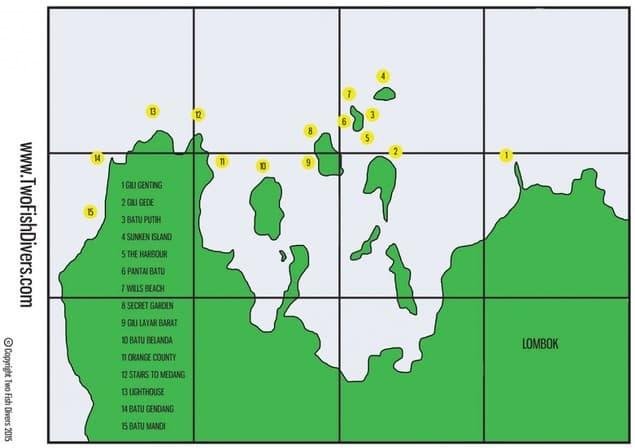 Most of the dive sites are pristine coral reefs with colorful soft corals and crinoids, vast staghorn coral fields and huge table corals in the shallow parts, giant elephant ears in the deeper parts, giant sponge barrels along the slopes. These reefs harbor bright colorful tropical reef fish such as angel and emperor fish, damsel and butterfly fish and many more. The corals hide a variety of shrimps, crabs and of course nudi branchs. Our guide will help you hunt down also the pigmy seahorse, ghost pipe fish and frogfish. Also the green sea turtle, a variety of moray eels, blue spotted stingray, cuttlefish, squid, octopus, lion and scorpionfish, flathead crocodile fish are part of the scenery. Occasionally you will encounter a white tip shark.
Most of the dive sites are pristine coral reefs with colorful soft corals and crinoids, vast staghorn coral fields and huge table corals in the shallow parts, giant elephant ears in the deeper parts, giant sponge barrels along the slopes. These reefs harbor bright colorful tropical reef fish such as angel and emperor fish, damsel and butterfly fish and many more. The corals hide a variety of shrimps, crabs and of course nudi branchs. Our guide will help you hunt down also the pigmy seahorse, ghost pipe fish and frogfish. Also the green sea turtle, a variety of moray eels, blue spotted stingray, cuttlefish, squid, octopus, lion and scorpionfish, flathead crocodile fish are part of the scenery. Occasionally you will encounter a white tip shark.
The sea is fairly shallow, visibility never crystal clear but this doesn’t affect the caliber of the dive sites.We offer diving all year around with sea temperatures of 26-30C and visibility 10-20 meters. Only the months January and February might have a low visibility and doesn’t go higher than 10 meter due to the heavy rains.
STAIRS TO MEDANG
BATU PUTIH
PANTAI BATU
WAVE CORNER
LIGHTHOUSE
Duikstekken zuid Lombok: Belongas Bay
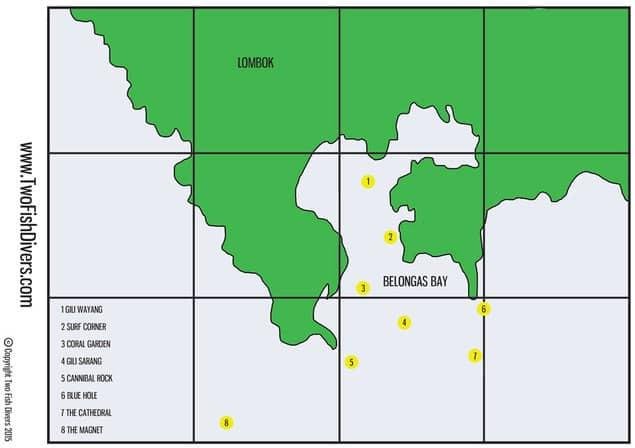 From March till the beginning of June the conditions are fairly mild and the water temperature around 27*C/28*C and the visibility 15m-20m+. In June/July the rougher conditions set in, with mid July till mid September posing the most challenging conditions. During this time of the year the average temperature is around 25*C/26*C, but can also drop down to around 22*C for shorter periods of time, the visibility usually at around 8m-15m+. Starting in the second half of September the conditions normally get less challenging again, but the general conditions such as temperature and visibility remain around the same as during the preceding time.
From March till the beginning of June the conditions are fairly mild and the water temperature around 27*C/28*C and the visibility 15m-20m+. In June/July the rougher conditions set in, with mid July till mid September posing the most challenging conditions. During this time of the year the average temperature is around 25*C/26*C, but can also drop down to around 22*C for shorter periods of time, the visibility usually at around 8m-15m+. Starting in the second half of September the conditions normally get less challenging again, but the general conditions such as temperature and visibility remain around the same as during the preceding time.
Most of the dive sites are pinnacles sticking out of the surface of the ocean and covered with bright soft corals. The dive sites harbor not only pelagic such as hammerhead sharks, mobula- eagle- and sting rays, white tip reef sharks, barracudas, batfish and sea snakes but also macro life. Nudi branchs, pigmy seahorse and the orang hutan and porcelain crab are only a few of the many different species.

